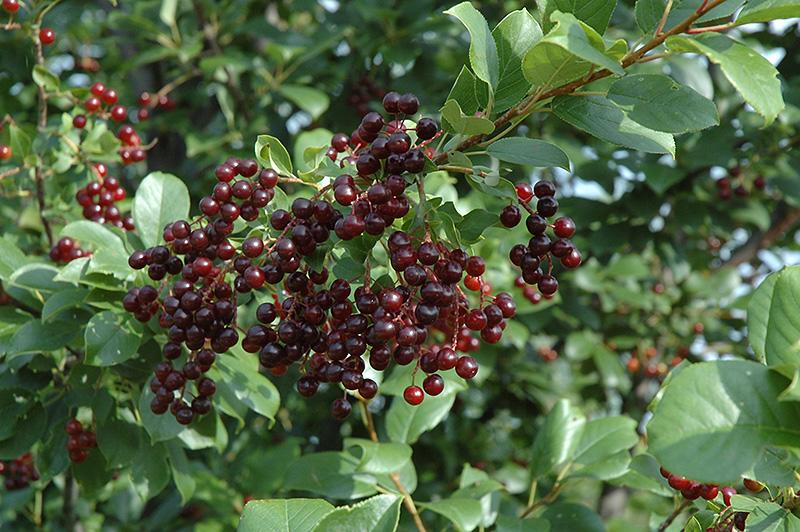Our ancestors often hold forgotten knowledge of medicinal plants that could help treat illnesses and even aid in healing cancer if they were used today. But in the modern world, listening to personal experiences with herbs passed down to generations is not always enough. The scientific arm of society requests studies, but usually does not have enough funds to actually conduct them, unless they’re sponsored either covertly or overtly by corporations, of course.

Sometimes proving the medicinal values of a plant comes from an unexpected source.
One such plant, or rather a specific traditional recipe using it, gained its spotlight when a high school Native American student proved its worth at the International Science Fair in Los Angeles, reported Indian Country Today (ICMN).
When Destany “Sky” Pete, of the Shoshone and Paiute Tribes of the Duck Valley Indian Reservation in Idaho and Nevada, was having a conversation with a leader in the community, she learned that the modern health problems the tribe has today is largely due to the lack of traditional foods being consumed. One important forgotten recipe is toishabui or chokecherry pudding.
As Sky later found out, one of chokecherry pudding’s health benefits is its cancer-killing properties. She decided to verify this by conducting an experiment with the help of biochemistry professor Dr. Ken Cornell at Boise State University, who works with cancer cells in a lab.
Dr. Cornell tested four types of chokecherry specimens on uterine sarcoma cancer cells. Only one sample was successful at inhibiting cancer cell growth – and that was the traditional chokecherry pudding. In just 24 hours, cancer cells started dying. The other specimens lacked an important part of the pudding – the chokecherry pits.
“It was the traditional preparation of toishabui with the crushed seeds that had the results,” Sky said.
Proving that another herb is beneficial for treating cancer was well celebrated in the community. And the chokecherry pudding experiment won the First Grand Prize in the 2017 Elko County Science Fair in Nevada by beating over 440 of other projects. In the future, Sky plans to conduct experiments on other types of cancer cells and for a longer period of time.
“I feel like our ancestors were really healthy. Nowadays, we’re prone to diabetes and other diseases. But back then, it was our food that made us healthy,” Sky said.
Chokecherry – Cancer-Killing Fruit
Chokecherry or Prunus virginiana (not to be confused with chokeberry) is a North American tree, which is often found growing next to streams, roads, and in wooded areas. Its fruits, which are less than half an inch in length and ripen in August and September, are high in antioxidants, vitamins, and minerals. But most importantly, the tiny pits of these fruits aid in killing cancer cells.
The pits, the most important part of this plant, have unfortunately been largely forgotten, and so was the chokecherry pudding. Today, the most known recipe using chokecherry is a chokecherry jam. But because the recipe requires one to drain the juice and discard the pits, the recipe is no longer medicinal.
This is why Sky believes that it is important to bring back traditional healthy and medicinal Native American recipes such as the chokecherry pudding.
Traditional Chokecherry Pudding Recipe
The recipe for chokecherry pudding may vary slightly between different tribes, but the most important aspect of it is using the whole chokecherry fruit, together with the pits (please be aware that chokecherry is different from black cherry and other types of cherries. Do not try the same recipe with anything else but chokecherry, as other fruit pits will have completely different health benefits and potentially even risks).
“The traditional (Shoshone and Paiute) method of preparing chokecherry pudding includes the seed of the chokecherry, crushed up. Nowadays, some people just kind of juice the berry and take out the seed completely. But maybe the seed has medicine that can help us to stay well,” Sky told ICMN.
Here is one recipe that has been submitted on Idaho State University’s website.
Pick chokeberries fresh from the trees.
Wash them and place on a hard cutting surface, preferably stone (a stone mortar may be useful. Some people use a meat grinder to chop up the pits).
Crush the berries together with the pits.
Place crushed berries in a small pot of boiling water, and let boil until the water starts changing color.
Start adding flour to the pot until you have the consistency of a runny pudding.
Add sugar to taste and stir.
Remove from heat, let it cool down, and enjoy.
What About the Cyanide?
They say “the dose makes the poison,” and that is absolutely correct with some medicinal materials. Chokecherry seeds do contain a small amount of a cyanide-like substance. It is okay to eat a small amounts of cyanide-containing food, and may even act as medicine like in case of apple seeds. But if ingesting too many, it may become a health risk (consult a naturopathic doctor if you have any questions).
However, there is no need to panic because cyanide does not survive the heat. The crushed chokecherry pits become completely safe as the pudding boils.
If you would like to try chokecherries just for the taste, and not the medicinal properties, you can also make fruit leather, jam, or juice. (Or you can buy chokecherry jelly online).
This article is not intended to treat, prevent, or diagnose any disease and is for informational purposes only. Consult a doctor before making any changes to your health routine. See our full disclaimer here.